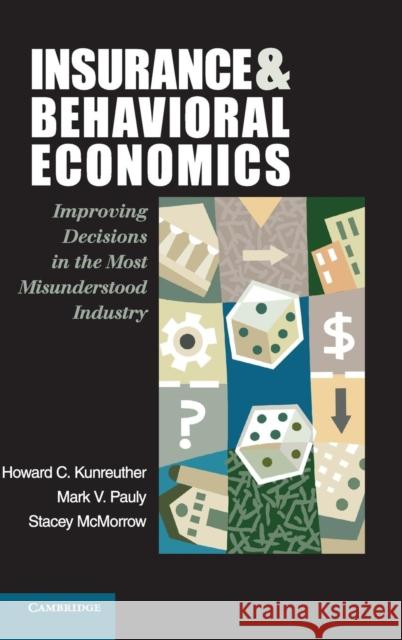Insurance and Behavioral Economics » książka
Insurance and Behavioral Economics
ISBN-13: 9780521845724 / Angielski / Twarda / 2013 / 342 str.
Insurance is an extraordinarily useful tool to manage risk. When it works as intended, it provides financial protection to individuals and a profitable business model for insurance firms and their investors. But it is broadly misunderstood by consumers, regulators, and insurance executives. This book looks at the behavior of individuals at risk, insurance industry decision makers, and policy makers at the local, state, and federal level involved in the selling, buying, and regulating of insurance. It compares their actions to those predicted by benchmark models of choice derived from classical economic theory. When actual choices stray from predictions, the behavior is considered to be anomalous. With considerable sums of money at stake, both in consumer premiums and insurance company payouts, it is important to understand the reasons for anomalous behavior. Howard Kunreuther, Mark Pauly, and Stacey McMorrow examine these anomalies through the lens of behavioral economics, which takes into account emotions, biases, and simplified decision rules. The authors then consider if and how such behavioral anomalies could be modified to improve individual and social welfare. This book is neither a defense of the insurance industry nor an attack on it. Neither is it a consumer guide to purchasing insurance, although the authors believe that consumers will benefit from the insights it contains. Rather, this book describes situations in which both public policy and the insurance industry s collective posture need to change. This may require incentives, rules, and institutions to help reduce both inefficient and anomalous behavior, thereby encouraging behavior that will improve individual and social welfare."











